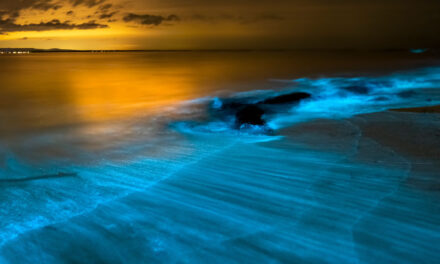
The Future of … Renewal Energy: Jobs-Creating Machine
There have been a variety of forces driving the sharp growth in renewable, low carbon energy generation. The Department of Energy calculates that approximately 800,000 Americans are employed in low carbon emission generation technologies (i.e. renewable energy jobs).
To view the full article please register below:
The Future of … Renewal Energy: Jobs-Creating Machine
The Department of Energy (DOE) calculates that approximately 800,000 Americans are employed in renewable energy jobs, including about 375,000 working for solar firms and another 102,000 workers employed at wind firms, and employment numbers are growing fast, with workforce increases in 2016 of 25 percent and 32 percent, respectively.1 In fact, solar and wind energy jobs now outnumber coal and gas jobs in 30 states.2
There have been a variety of forces driving the sharp growth in renewable, low carbon energy generation, chief among them being declining technology costs, greater demand for clean energy, and supportive policies and investments.
Profile of Job Opportunity
The renewable energy sector is creating a number of entirely new job classifications, such as technicians who install and maintain solar panels and wind towers, as well as more traditional jobs in construction, manufacturing, administration, management and sales.
For now, job creation is not evenly spread, as some states have led in the transition to a carbon-free energy future.
The leading states in solar electricity production are California, with over 21,000 megawatts of installed solar capacity, followed by North Carolina (4,308 mw), Arizona (3,400 mw), Nevada (2,595 mw) and New Jersey (2,390 mw).3
Leaders in wind power generation shape up differently, with Texas as the top state in installed capacity of 23,262 mw, followed by Oklahoma (7,495 mw), Iowa (7,312 mw), California (5,686 mw) and Kansas (5,110 mw).4
Growth Poised to Continue
Americans should expect job creation to continue to expand and broaden geographically, in view of pressing climate change concerns and the growing trend of states to act independently.
Consider what California recently did to promote solar energy. The Golden State passed legislation in 2018 that would require solar panels be installed on all new homes (single- and multi-family up to three floors), effective 2020. The new law also includes an incentive for people to add high-capacity batteries to their electrical systems to store the sun’s energy.
Though this has been a controversial mandate because it is expected to add $10,000 or more to each new home (in what is already one of the most expensive housing markets in the nation), savings associated with low-cost solar energy may offset some or all of the additional cost. Depending upon the analysis, homeowners may even come out ahead financially.
Irrespective of its policy merits or failings, this new requirement will inarguably add to the demand for solar skills and create new jobs in the nation’s most populous state.
Sources:
- https://www.energy.gov/sites/prod/files/2017/01/f34/2017%20US%20Energy%20and%20Jobs%20Report_0.pdf
- https://www.edf.org/energy/clean-energy-jobs
- https://www.vivintsolar.com/blog/top-states-for-solar
- https://howmuch.net/sources/wind-power-in-the-united-states-2018
See referenced disclosure (2) at https://blog-dev.americanportfolios.com/disclosures/












